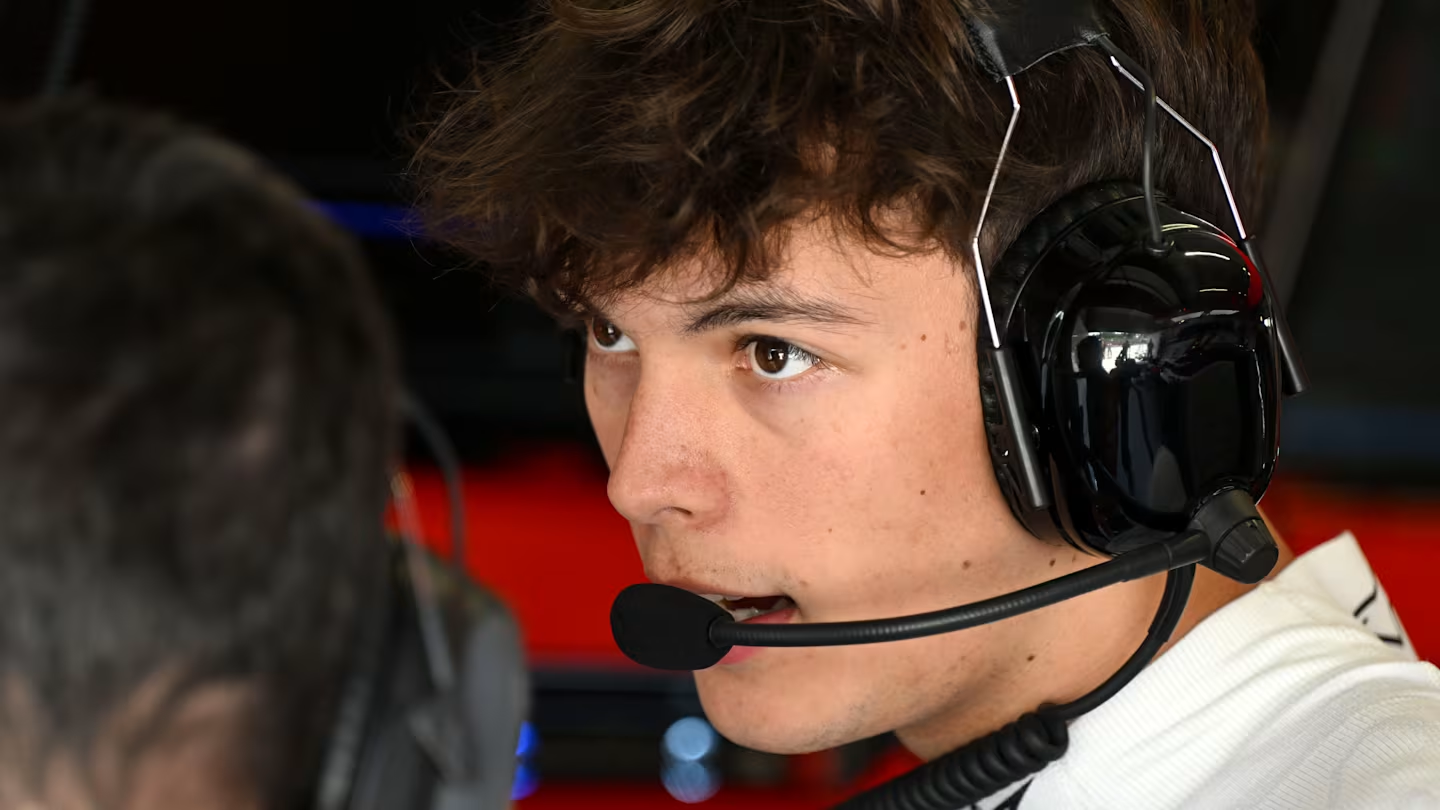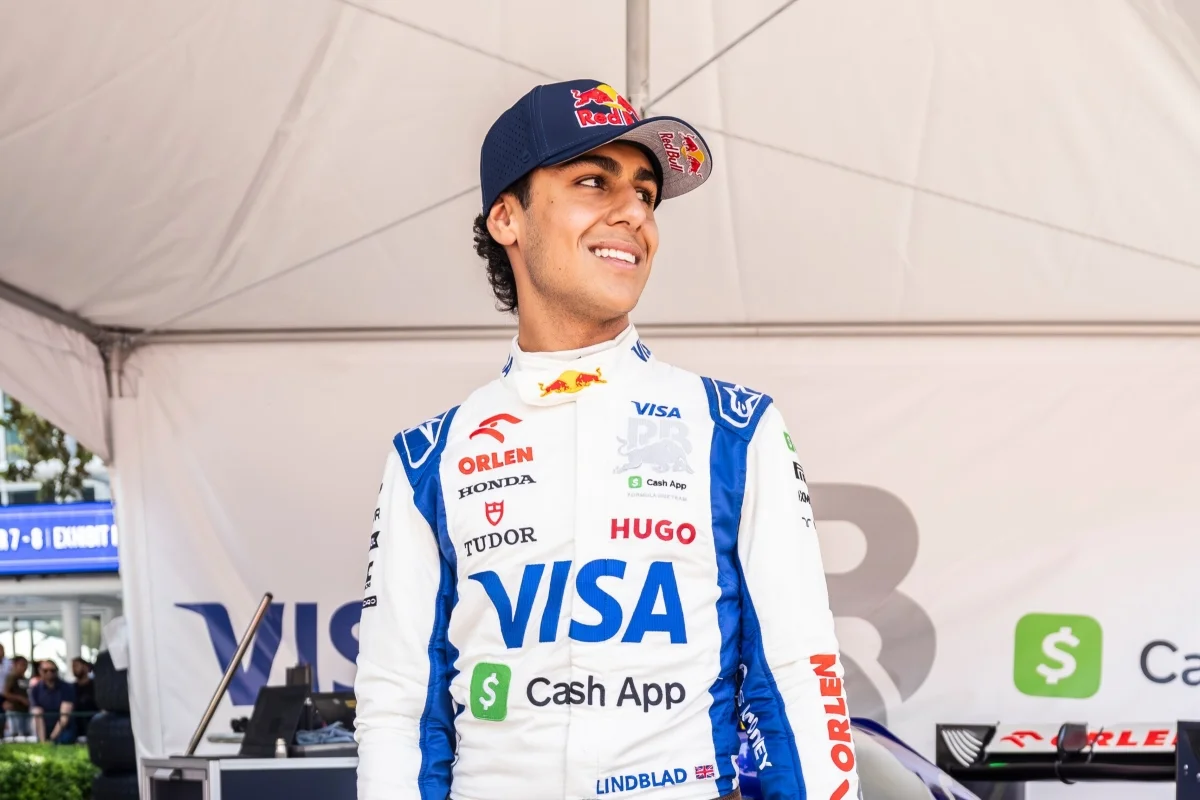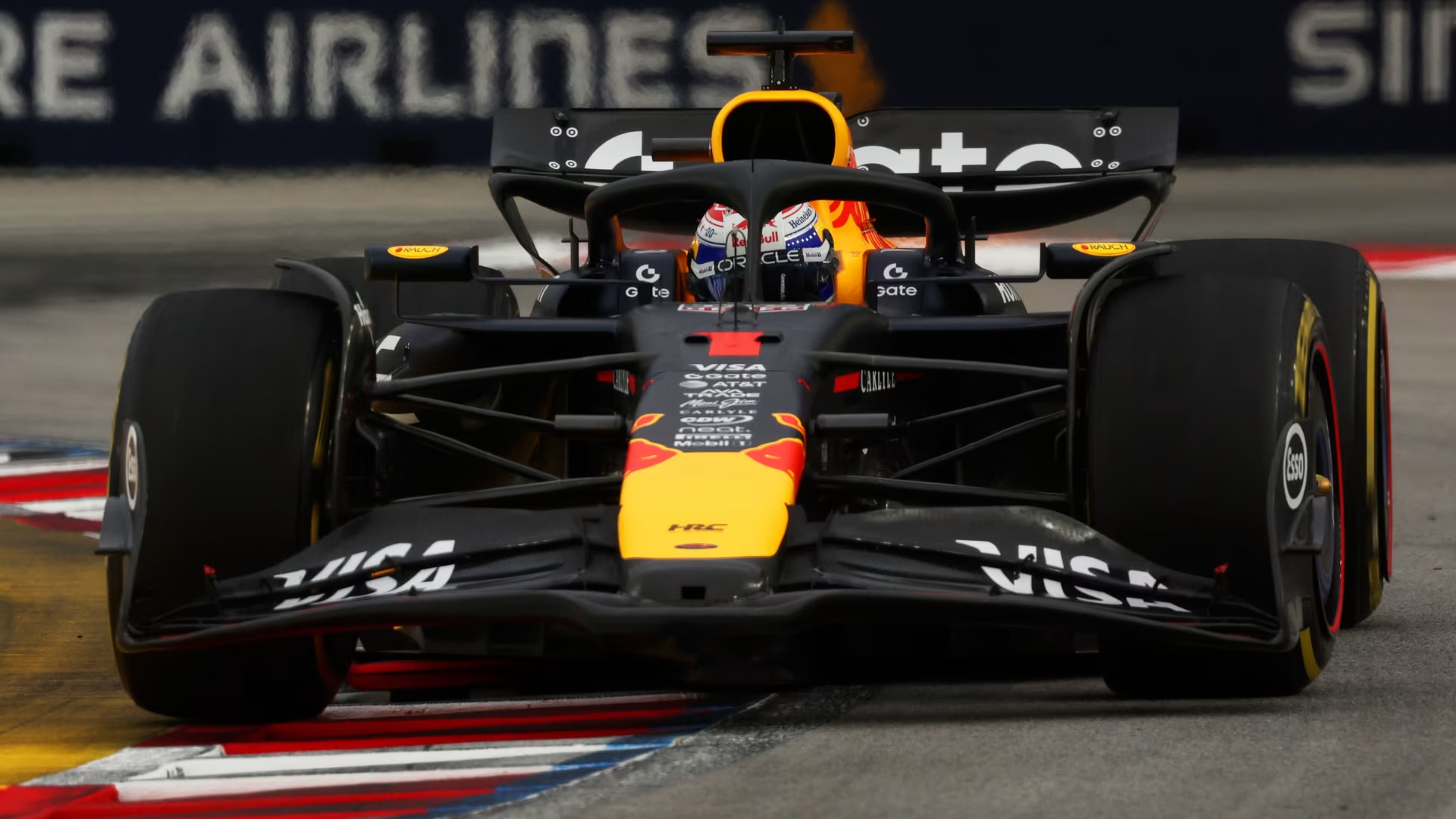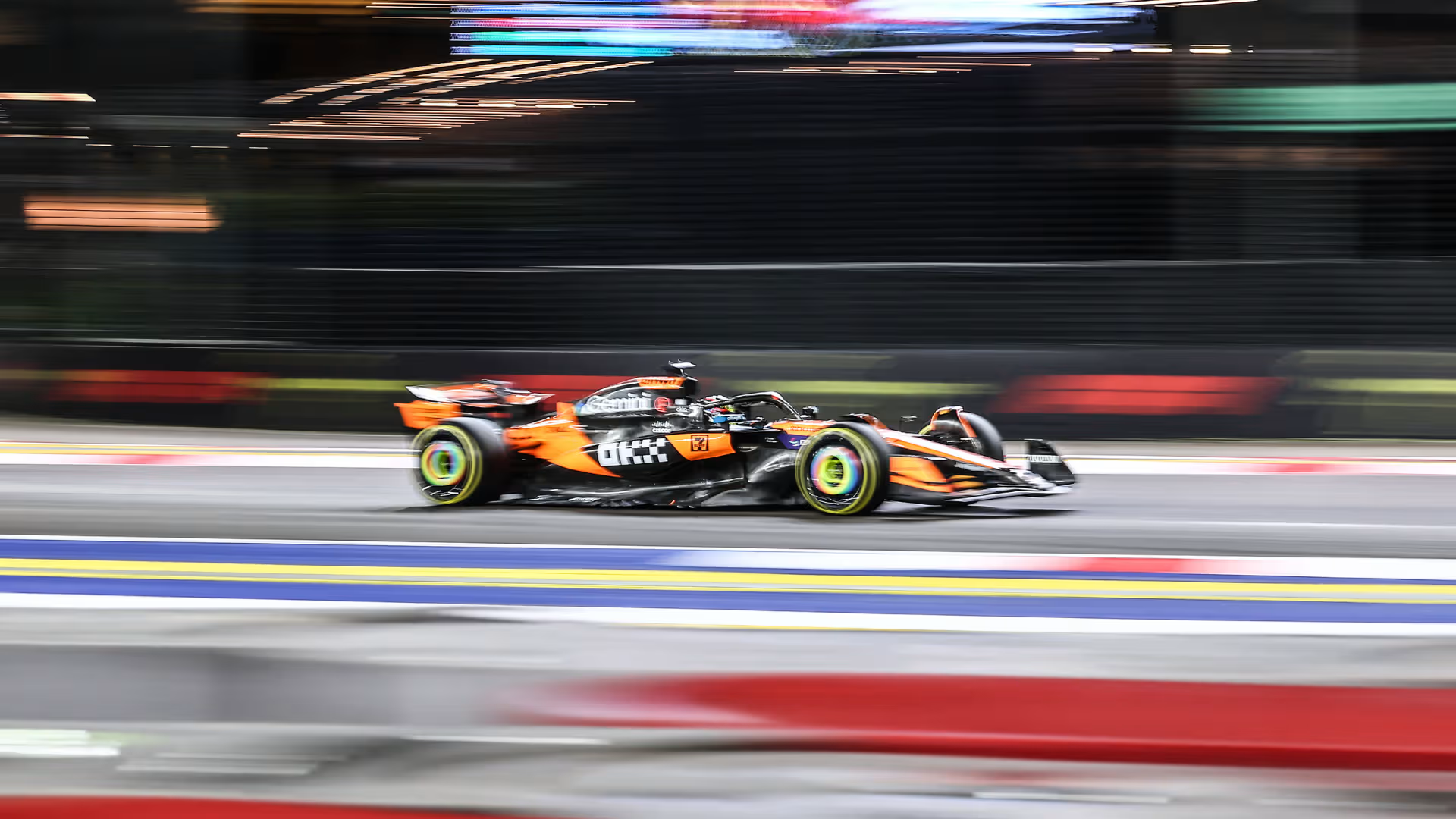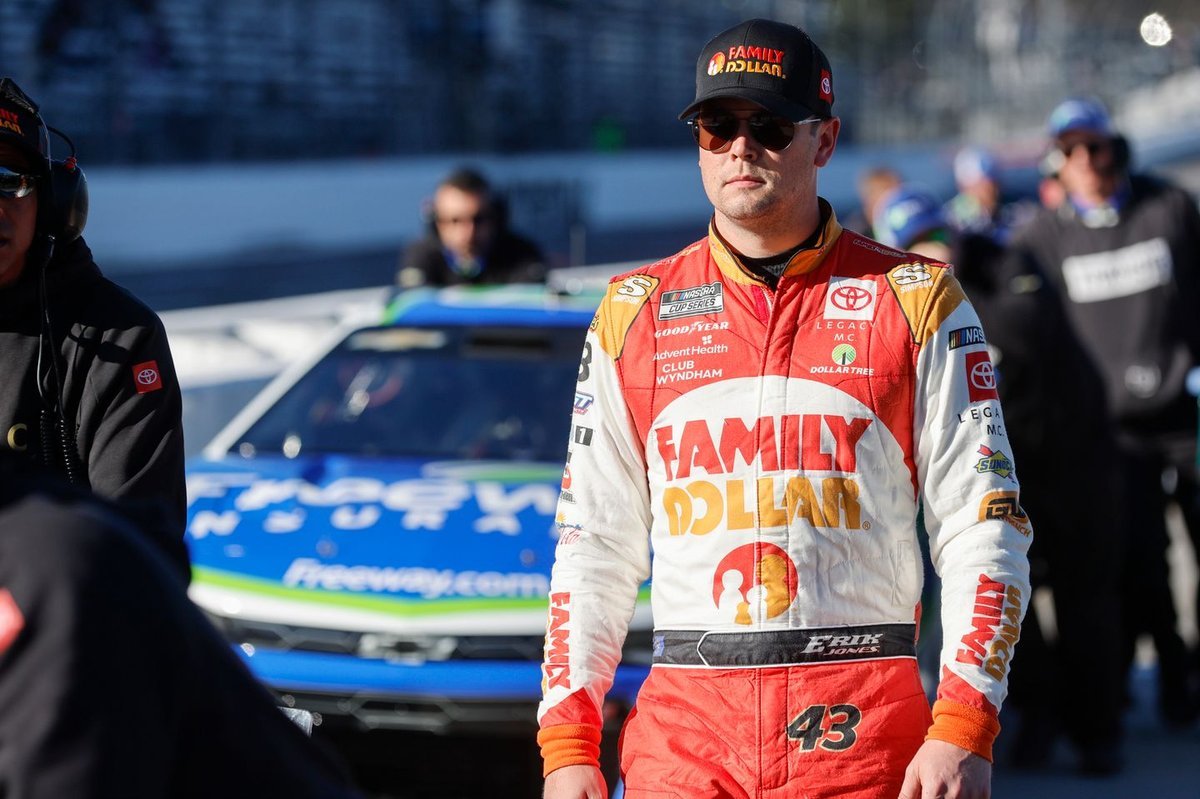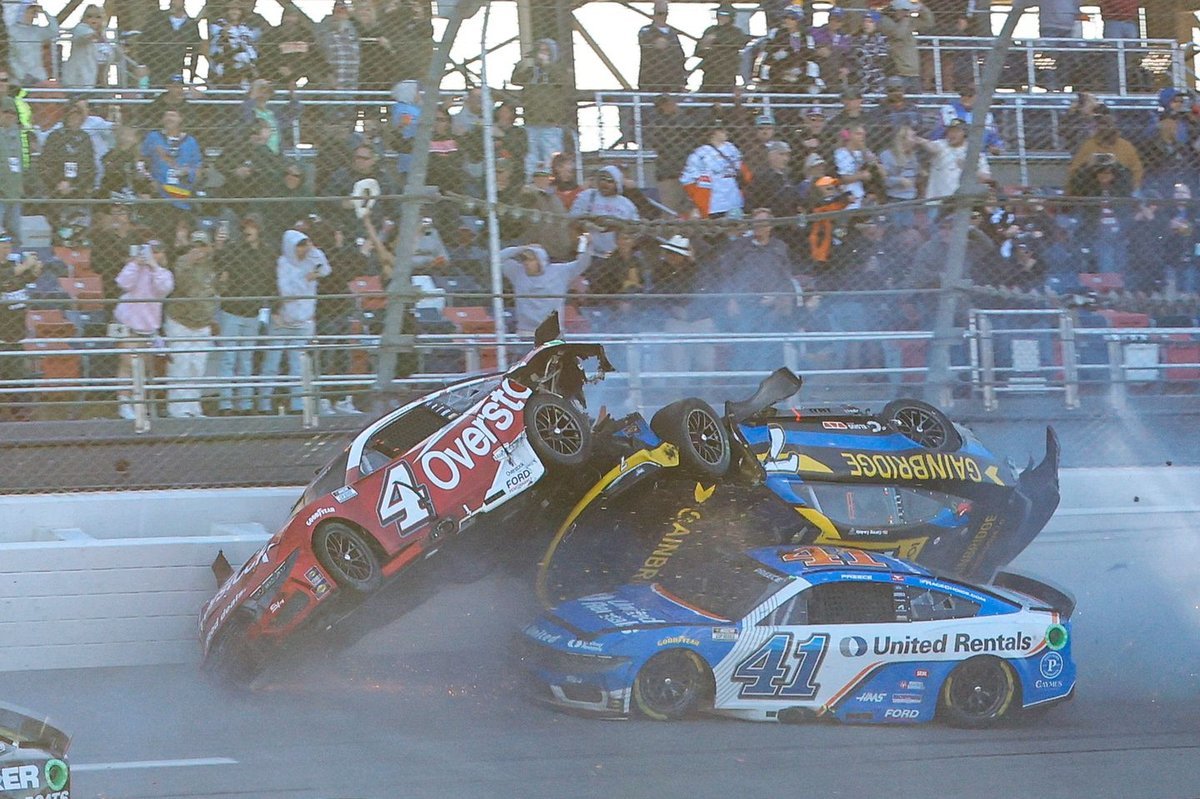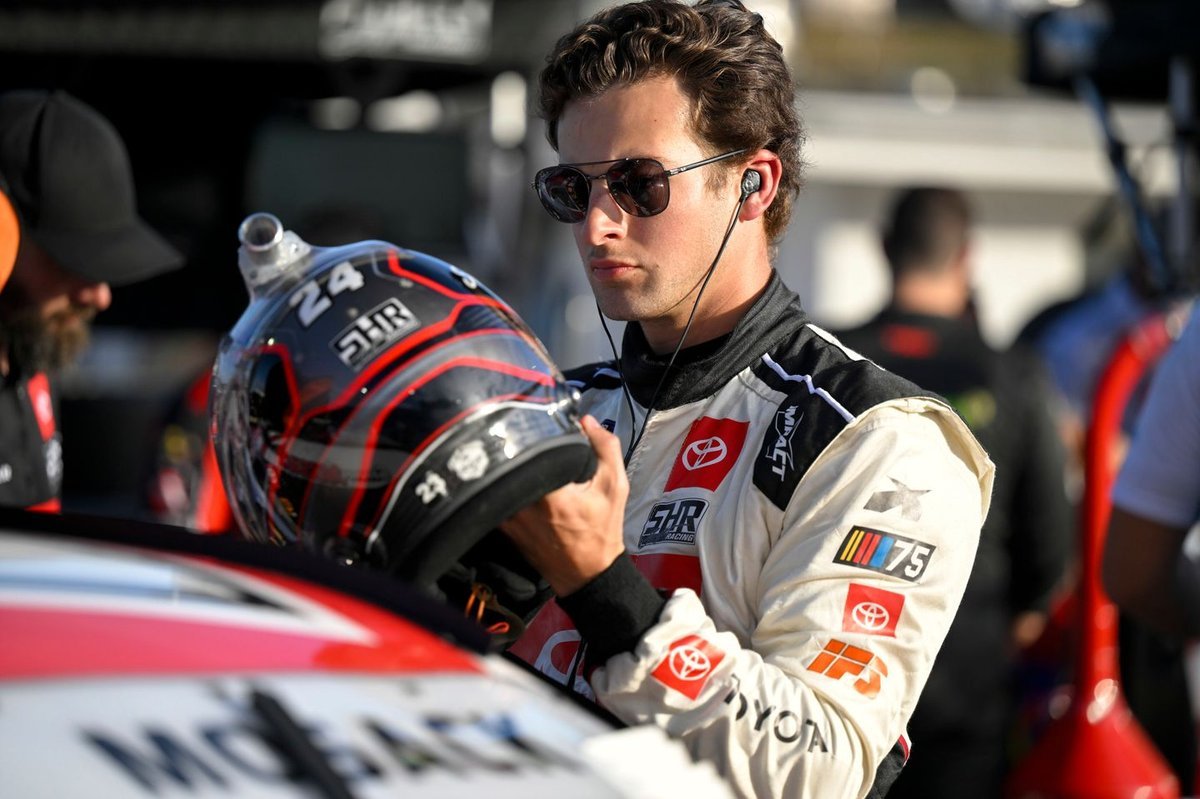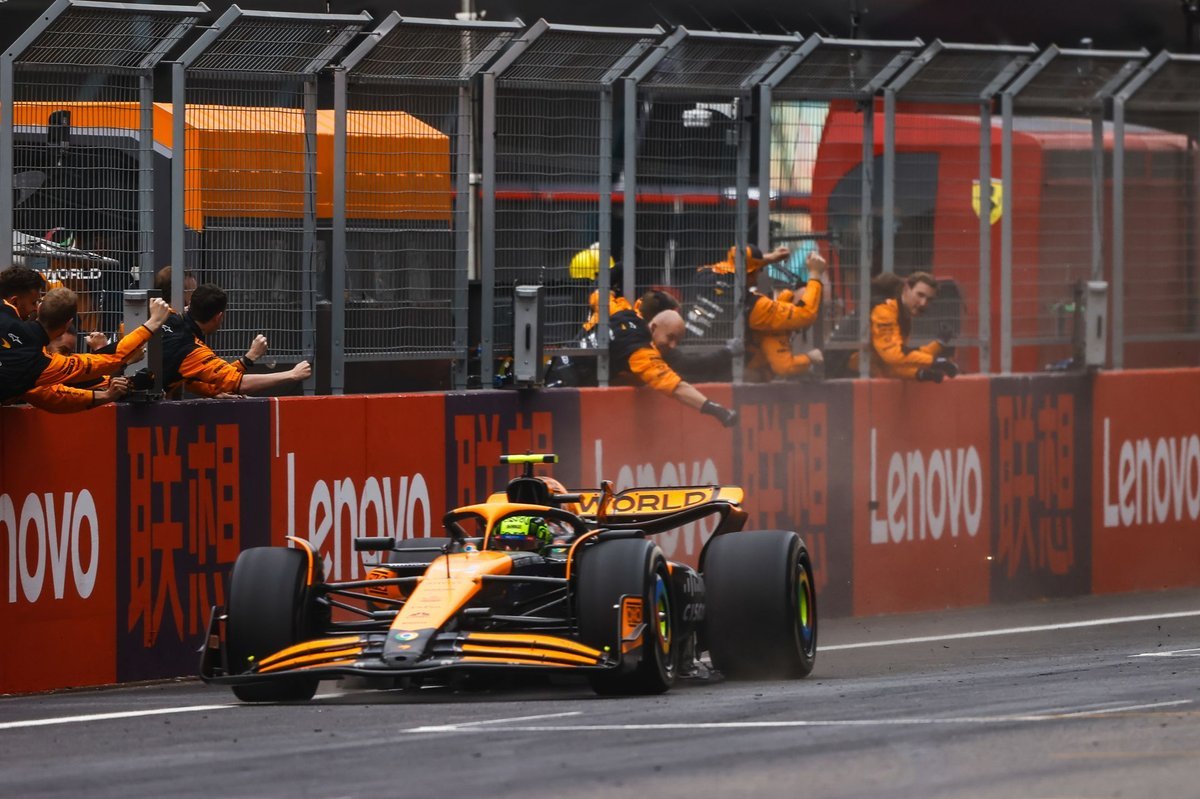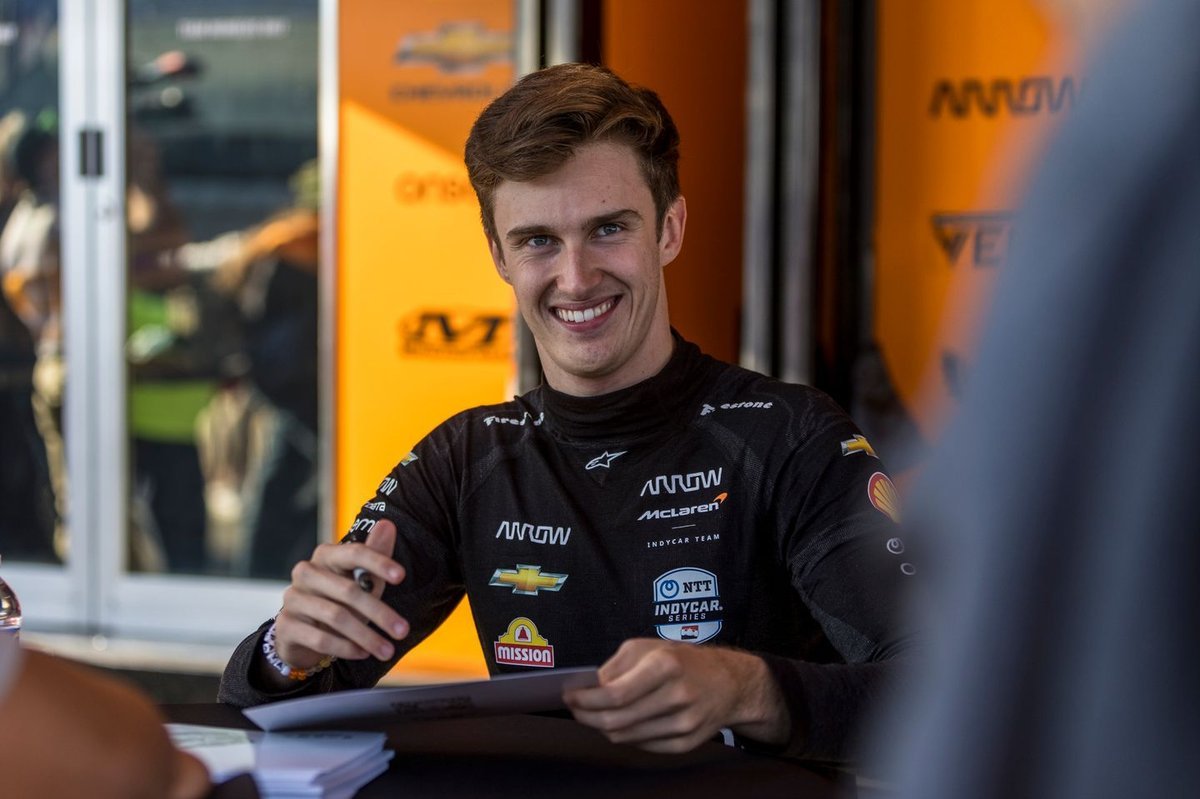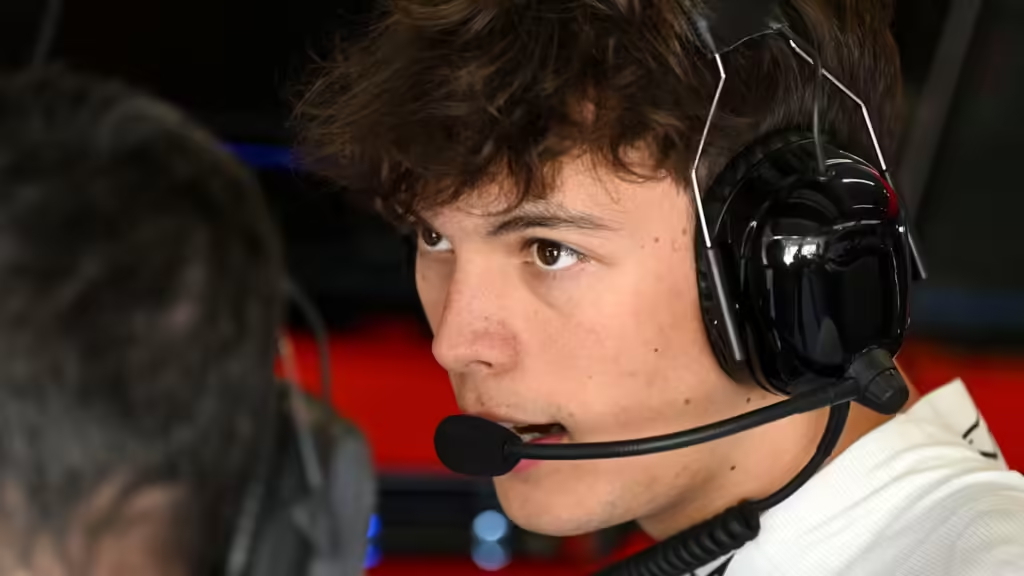
Ollie Bearman red flag violation at Monaco GP earns 10-place penalty. F1 stewards’ decision follows Sainz overtake, Piastri crash & Monaco GP controversy.
Introduction
The streets of Monte Carlo are known for glamour, prestige, and razor-thin margins for error. But in the world of Formula 1, even the most minute misjudgment can carry massive consequences — and for Haas F1 rookie Ollie Bearman, that harsh reality came crashing down during the Monaco GP weekend.
During Friday’s Free Practice 2 session, Bearman found himself at the heart of controversy after a red flag triggered by Oscar Piastri’s crash. Despite clear warnings, Bearman overtook Carlos Sainz under the red flag — a move that saw the stewards hand down a 10-place grid penalty, shaking up the qualifying dynamics of the Monaco Grand Prix. What made the penalty so significant? Why was the decision so strict? And how does this affect not only Bearman but the rest of the grid?
Let’s dive into this swirling mix of rookie misjudgments, strict F1 red flag rules, and the ever-unforgiving layout of the Monaco circuit.
Table of Contents
| Sr# | Headings |
|---|---|
| 1 | Understanding the Incident: What Really Happened |
| 2 | The Oscar Piastri Crash That Triggered the Red Flag |
| 3 | The Overtake: Why Carlos Sainz Was Involved |
| 4 | Stewards’ Viewpoint: Clear Violation or Rookie Error? |
| 5 | Bearman’s Defence: Safety or Strategy? |
| 6 | What the Regulations Say: A Look at F1 Red Flag Rules |
| 7 | The Penalty: 10-Place Grid Drop and Points |
| 8 | How This Affects Haas F1’s Weekend Strategy |
| 9 | Ripple Effects: Other Drivers with Penalties |
| 10 | Lance Stroll Penalty Adds to the Drama |
| 11 | Why Monaco Grid Position Is Crucial |
| 12 | The Rookie Challenge: Lessons for Ollie Bearman |
| 13 | The Role of Team Radio and Late Communication |
| 14 | Reactions from the F1 Community |
| 15 | Final Thoughts: A Harsh Lesson in a Harsh Place |
1. Understanding the Incident: What Really Happened
In Free Practice 2 at the Monaco Grand Prix, a red flag was deployed after Oscar Piastri crashed, halting the session to ensure driver safety and clear the debris. Amid the chaos, Ollie Bearman, just months into his F1 career, overtook Carlos Sainz on track — an immediate breach of F1 red flag rules.
Television replays showed Bearman passing Sainz despite flashing red lights on track panels and a red alert on his dashboard. The stewards noted this and called in Bearman and a Haas team representative for a full review.
2. The Oscar Piastri Crash That Triggered the Red Flag
The drama started with Oscar Piastri’s crash, which sent shockwaves through the paddock. On the tight, twisty streets of Monaco, even a small error can lead to significant damage and safety concerns. His incident immediately triggered a red flag, pausing the session for marshals and medics to clear the track.
This critical moment marked the start of a chain reaction that would later ensnare Bearman.
3. The Overtake: Why Carlos Sainz Was Involved
Carlos Sainz, unaware of the looming infraction, was driving normally when Bearman overtook him. This pass — occurring under red flag conditions — was the focal point of the stewards’ decision. It didn’t matter that the overtake seemed harmless; it was the principle and safety regulation breach that mattered most.
In F1, rules are rules, especially when it comes to safety.
4. Stewards’ Viewpoint: Clear Violation or Rookie Error?
The Formula 1 stewards’ decision was blunt and uncompromising. After analyzing video footage and telemetry, they concluded that Bearman had ample warning via both visual and team communication systems.
The lights on track, the dashboard alerts, and even late team radio communication — all indicated the red flag condition. Yet Bearman still completed the overtake. For the stewards, that meant one thing: a clear-cut violation.
5. Bearman’s Defence: Safety or Strategy?
To his credit, Ollie Bearman didn’t deny seeing the red flags. Instead, he argued that slamming the brakes immediatelyon Monaco’s tight circuit might have been dangerous, so he chose what he believed was the safest way to slow down — by completing the overtake and easing off after.
But the stewards weren’t buying it. They pointed out that the rules demand an “immediate reduction in speed” and no overtaking — safety reasoning or not. In their words, “The whole purpose of requiring drivers to slow down immediately is for safety.”
6. What the Regulations Say: A Look at F1 Red Flag Rules
According to Article 2.5.4.1 b) of the sporting code, red flag conditions require drivers to reduce speed and proceed slowly back to the pits. Overtaking is strictly forbidden, and drivers are warned that service or emergency vehicles could be on the track.
Bearman’s action — no matter how well-intentioned — breached this rule. And in Formula 1, where safety is paramount, intentions don’t override regulations.
7. The Penalty: 10-Place Grid Drop and Points
The result? A 10-place grid penalty for the Monaco Grand Prix and two penalty points on Bearman’s super licence. That’s a massive hit, especially on a circuit where overtaking is nearly impossible.
Starting even a few places back in Monaco can ruin your race — starting ten places back? It’s practically a death sentence for podium hopes.
8. How This Affects Haas F1’s Weekend Strategy
For Haas F1, this penalty is a major blow. They’ve struggled to find consistent form this season, and Bearman’s performance in practice was a rare highlight. Now, with the grid drop, the team must revise strategy, focus on damage limitation, and possibly play the long game with safety cars and pit stop timing.
It’s a harsh lesson in F1’s zero-tolerance world of race penalties.
9. Ripple Effects: Other Drivers with Penalties
Bearman isn’t the only one starting qualifying with a shadow over his shoulder. Lance Stroll, too, was handed a penalty for a separate incident involving Charles Leclerc in FP1. The grid, already tight and tactical, will be further shuffled — turning Saturday’s Monaco GP qualifying session into a game of chess.
10. Lance Stroll Penalty Adds to the Drama
Lance Stroll’s clash with Charles Leclerc was judged to be avoidable, and while less high-profile than Bearman’s incident, it adds another layer of unpredictability. In Monaco, every inch matters — and with penalties stacking up, the opening laps could be mayhem.
11. Why Monaco Grid Position Is Crucial
Monaco isn’t just another race. It’s an icon, and it’s notoriously hard to overtake. Pole position here is more valuable than gold. That’s why a 10-place grid penalty hurts so much more in Monaco than elsewhere. Starting 14th instead of 4th might as well mean starting last.
It’s like trying to win a sprint race with your shoelaces tied.
12. The Rookie Challenge: Lessons for Ollie Bearman
This weekend was supposed to be about proving himself, but Bearman’s rookie status became part of the narrative. He’s learning the hard way that F1 is not forgiving — especially when it comes to safety and discipline. The spotlight is now hotter than ever.
13. The Role of Team Radio and Late Communication
Bearman’s defense partly blamed the late team radio call informing him of the red flag. The stewards acknowledged it came “just before” the overtake, but emphasized that dashboard lights and visual indicators were already visible.
Communication matters, but so does driver judgment.
14. Reactions from the F1 Community
Social media buzzed with reactions — some sympathetic to Bearman, others critical. Veterans emphasized that rules are in place for a reason, while some fans argued that his move looked safer than a sudden brake.
Still, consensus formed around one truth: in F1, perception doesn’t matter — compliance does.
15. Final Thoughts: A Harsh Lesson in a Harsh Place
The Monaco Grand Prix is not the place to make mistakes. Ollie Bearman learned that in the most brutal fashion. A rising star, no doubt — but in Formula 1, even stars get burned when they fly too close to the rules.
FAQs
1. Why did Ollie Bearman get a 10-place penalty at the Monaco GP?
Bearman received the penalty for overtaking Carlos Sainz under red flag conditions during FP2, which is a clear violation of F1 safety rules.
2. What triggered the red flag during FP2 at Monaco?
The red flag was triggered by a crash involving McLaren’s Oscar Piastri, which led to the suspension of the session for safety reasons.
3. How do F1 red flag rules work?
Under red flag conditions, drivers must slow down immediately, avoid overtaking, and return slowly to the pits. Violating these rules often results in strict penalties.
4. What does a 10-place grid penalty mean for a driver in Monaco?
It means the driver will start the race 10 places lower than their qualifying result, which is particularly damaging at Monaco due to the difficulty of overtaking.
5. How did the F1 community react to Bearman’s penalty?
Reactions were mixed — while some felt it was a harsh punishment for a rookie, most agreed that safety rules must be upheld consistently.

